Butea monosperma (LAM.) TAUB. |
| |
|
|
Botanical Name |
: |
Butea monosperma (LAM.) TAUB. |
English
Name |
: |
Flame of the Forest, Silk Cotton and Butea Gum Tree |
Synonym(s) |
: |
Butea frondosa Koenig ex Roxb; Erythrina monosperma Lamk |
Family |
: |
Fabaceae |
| |
General Info
| Description |
 |
|
It is an erect, medium sized tree of 12 to 15 m high, with a crooked trunk and irregular branches. The shoots are clothed with gray or brown silky pubescence. The bark is ash coloured. The leaves 3 foliate, large and stipulate. Petiole is 10 to 15 cm long. Leaflets are obtuse, glabrous above, finely silky and conspicuously reticulately veined beneath with cunnate or deltoid base. From January to March the plant is bald. Flowers in rigid racemes of 15 cm long, densely brown velVety on bare branches. Calyx is dark, olive green to brown in colour and densely velvety outside. The corolla is long with silky silvery hairs outside and bright orange red. Stamens are diadelphes, anthers uniform. Ovary 2 ovule, style filiform, curved and stigma capitate. Pods argenteo-canesent, narrowed, thickened at the sutures, splitting round the single apical seed, lowest part indehiscent. The seeds are flat, reniform, curved. |
| Herb Effects |
 |
|
Antifertility (flower and seed); anthelmintic and laxative (seed); astringent (gum); stops secretions and hemostatic, bitter, pungent, emmenagogue, alliterative,tonic, diuretic, aphrodisiac. |
Chemistry
| Active Ingredients |
 |
|
Leucocyanidin and its tetramer, procyanidin, a mucilaginous substance, gallic acid and tannic acid (which yields pyrocatechin) (gum), a fixed oil, palasonin, alpha-amyrin, beta-sitosterol, a resin and albuminoid (seed), palastrin, butin and butrin (flower). |
| Chemistry
of Active Ingredients |
 |
|
|
 |
Name |
CAS# |
IUPAC Name |
Formula |
Structure |
 |
|
| Leucocyanidin |
480-17-1 |
2-(3,4-dihydroxyphen
yl)chroman-3,4,5,7-t
etrol |
C15H14O7 |
|
| Procyanidin |
4852-22-6 |
2-(3,4-dihydroxyphen
yl)-2-[2-(3,4-dihydr
oxyphenyl)-5,7-dihyd
roxy-chrom
an-3-yl]
oxy-chroman-3,4,5,7-
tetrol |
C30H26O13 |
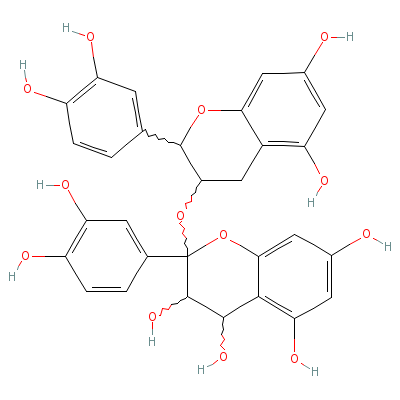
|
| Gallic acid |
149-91-7 |
3,4,5-trihydroxybenz
oic acid |
C7H6O5 |
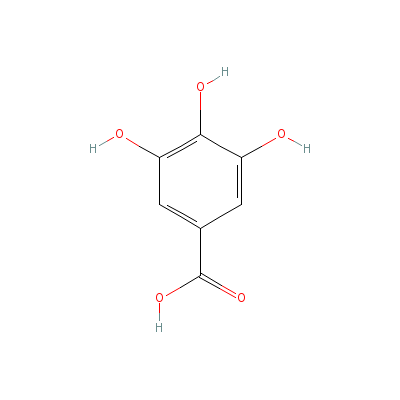
|
| Tannic acid |
1401-55-4 |
Not Available |
Not Available |

|
| Alpha amyrin |
638-95-9 |
4,4,6a,6b,8a,11,12,1
4b-octamethyl-2,3,4a
,5,6,7,8,9,10,11,12,
12a,14,14a
-tetrade
cahydro-1H-picen-3-o
l |
C30H50O |
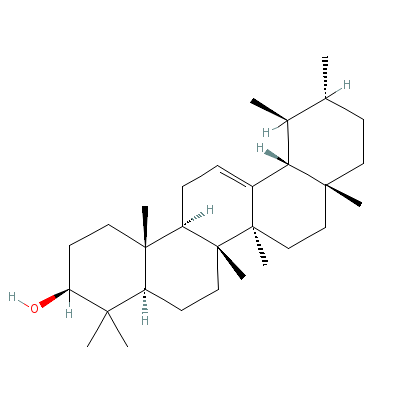
|
| Beta-sitosterol |
5779-62-4 |
17-(5-ethyl-6-methyl
-heptan-2-yl)-10,13-
dimethyl-2,3,4,7,8,9
,11,12,14,
15,16,17
-dodecahydro-1H-cycl
openta[a]phenanthren
-3-ol |
C29H50O |
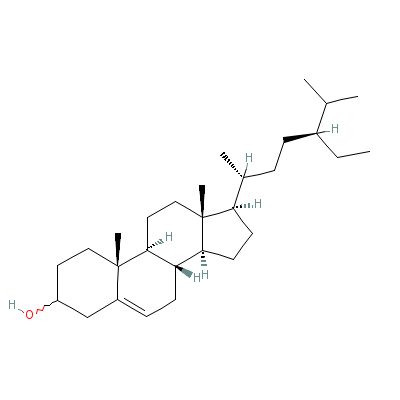
|
| Butrin |
492-13-7 |
2-[4-hydroxy-3-[3,4,
5-trihydroxy-6-(hydr
oxymethyl)oxan-2-yl]
oxy-phenyl
]-7-[3,4
,5-trihydroxy-6-(hyd
roxymethyl)oxan-2-yl
]oxy-chroman-4-one |
C27H32O15 |
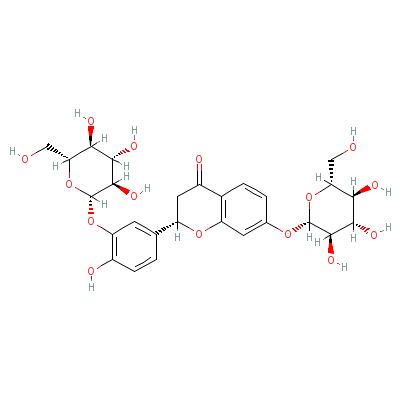
|
| Butin |
492-14-8 |
2-(3,4-dihydroxyphen
yl)-7-hydroxy-chroma
n-4-one |
C15H12O5 |

|
|
Pharmacology
| Medicinal Use |
 |
|
For dysentery, diarrhea, phthisis and bleeding within the bladder and stomach (gum); as a laxative (seed); in hemorrhoids and boils (leaf); as an anthelmintic, specially useful in the treatment of roundworms and tapeworms (seed oil); diabetes, gallbladder stone, sore throat and leucorrhea. |
| Contraindication |
 |
|
Abortifacient |
| Reference |
 |
|
 Chandel et al., Biodiversity in Medicinal and Aromatic Plants in India. Chandel et al., Biodiversity in Medicinal and Aromatic Plants in India.
Sharma, Classical Uses of Medicinal Plants.
Grieve MA, Modern Herbal 1931 (www.botanical.com).
|
Dealers
Products
|
|